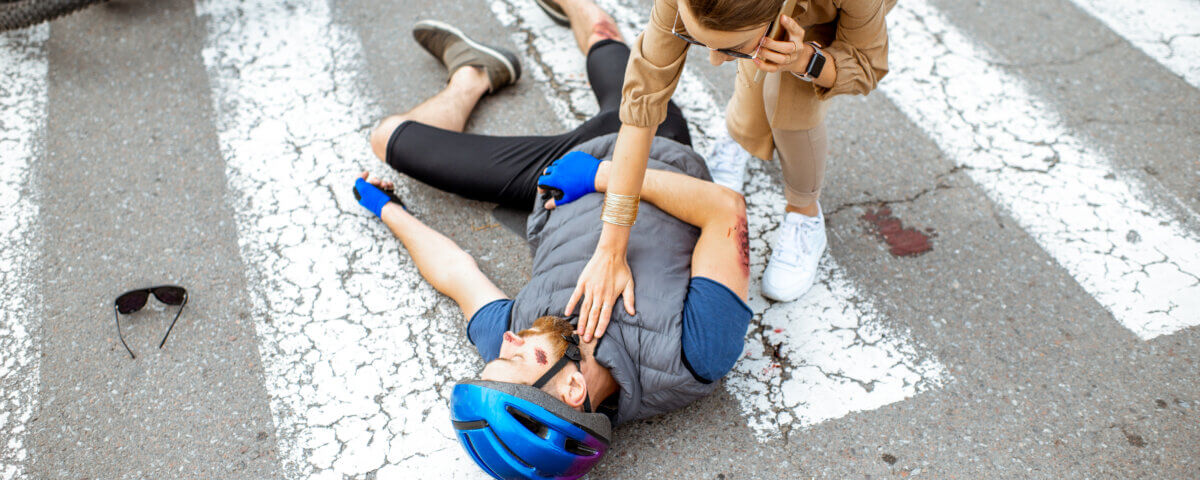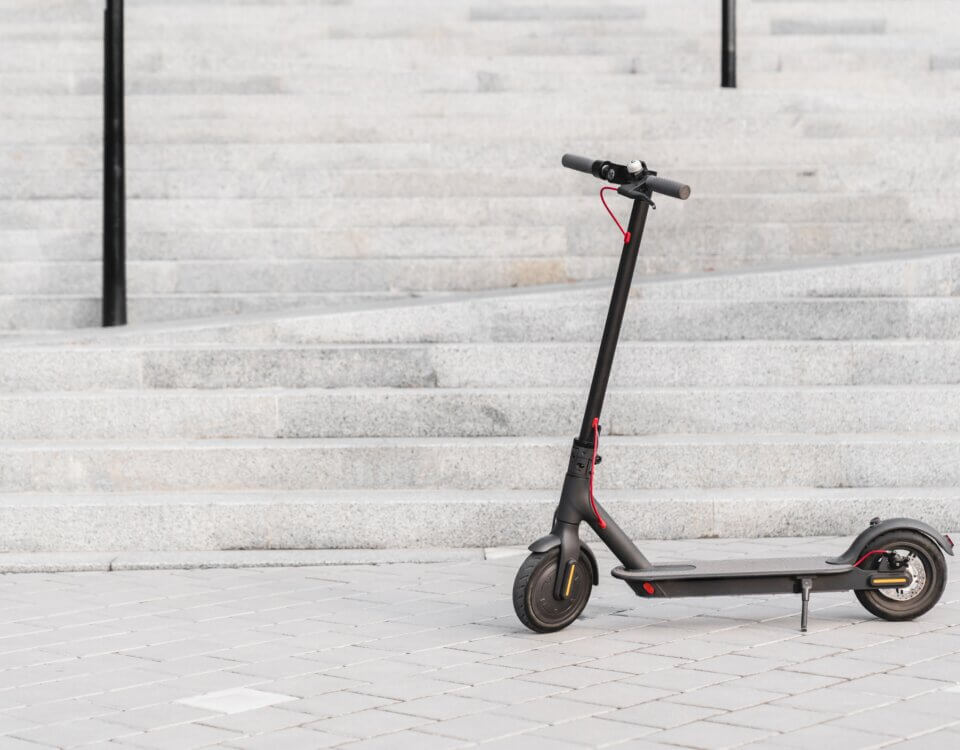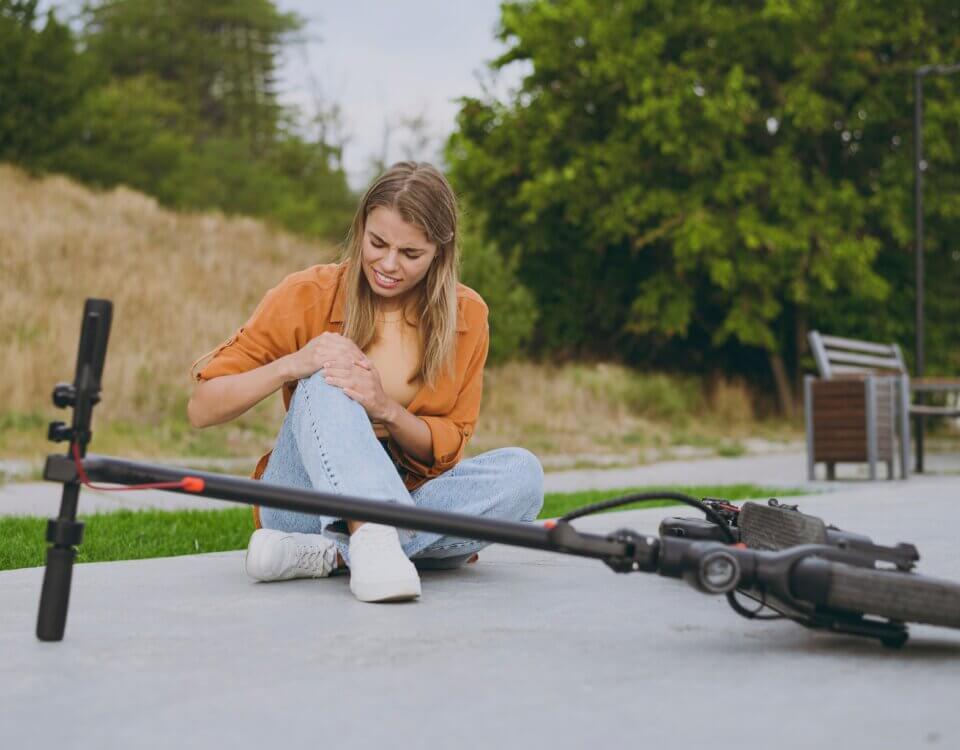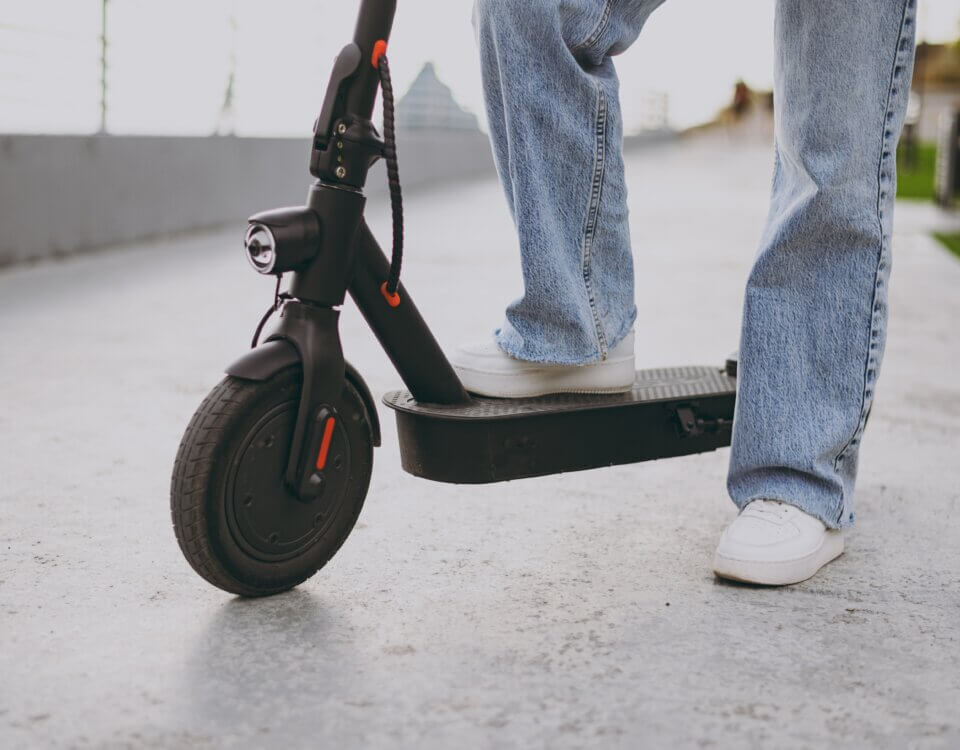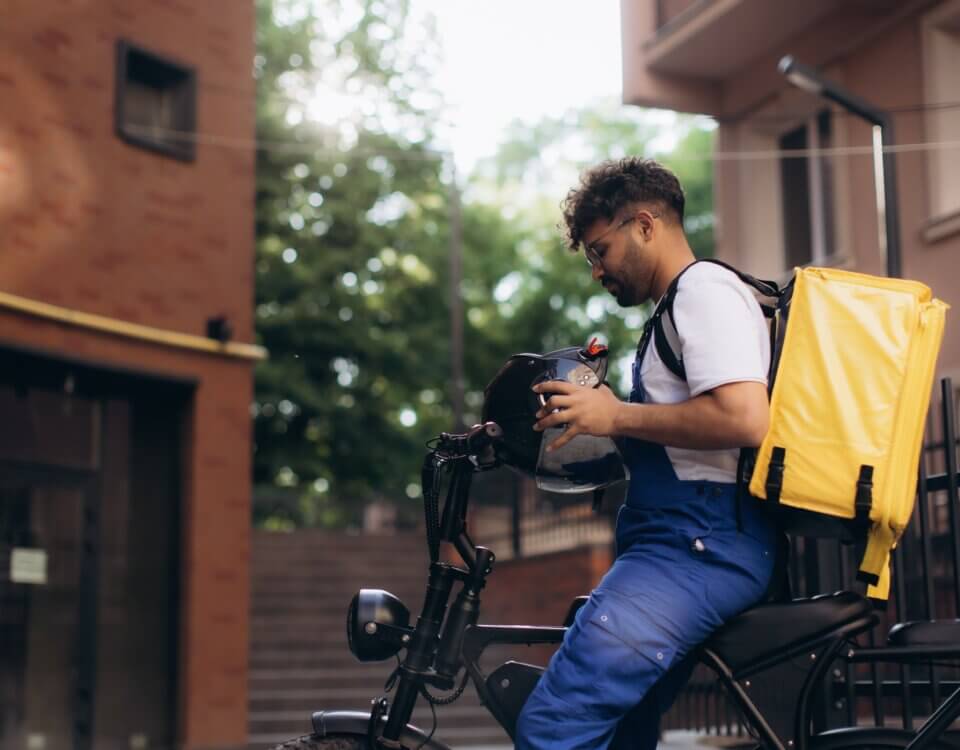Bicycling is popular for health, transport, and environmental reasons but unsafe road conditions can make riding dangerous. Knowing how different aspects of the roadway contribute to crashes can help you avoid them and protect your rights if you are injured.
Common Road Hazards
- Potholes and Uneven Surfaces
Holes, cracks, bumps or uneven pavement can cause cyclists to lose control or swerve into traffic accidentally. - Debris and Road Obstacles
Objects like loose gravel, broken glass, tree branches or construction materials create unexpected hazards. Even small debris may puncture tires or destabilize a bike. - Wet and Slippery Roads
Rain reduces tire traction and makes stopping more difficult. Painted markings and metal surfaces like manhole covers become especially slick when wet. - Poorly Marked or Maintained Bike Lanes
Faded paint, unclear signage or bike lanes that are blocked by debris force cyclists into traffic lanes, increasing risk. - Inadequate Lighting or Low Visibility
Low light conditions make it harder for cyclists to be seen. Street lighting, reflective gear or bike lights matter a lot for safety. - Faulty Road Design and Maintenance
Narrow roads without shoulders, dangerous intersections, or street layouts not built for bikes raise risk. Lack of upkeep after weather or use worsens hazards.
How These Conditions Increase Injury Severity
Bad road conditions can lead to more severe injuries or higher crash risk because cyclists have little margin for error. Falls may lead to broken bones, head injuries or worse especially if safety gear is lacking.
What Riders Should Do
- Scan the road ahead and avoid hazards when possible
- Use bright or reflective clothing and lights, especially at dawn, dusk or night
- Choose routes known for better road quality and bike infrastructure
- Document conditions after a crash by taking photos of the road, bike damage, and injuries
How Hillstone Law Can Help
If you are injured in a bicycle crash caused by dangerous road conditions we can help establish which conditions contributed to the crash, gather evidence (road maintenance records, photos, witness statements), identify responsible parties (city, county or other agencies), and pursue fair compensation for medical bills, damage and your pain.
Note: These blog posts are created solely for the use of Hillstone Law. The information is gathered from internet research, publicly available sources, and artificial intelligence (AI) tools such as ChatGPT. While we aim to share helpful and educational content, Hillstone Law does not independently verify every detail. Some information may be incomplete, outdated, or subject to change without notice. If you believe any part of a post is inaccurate, misleading, or infringes upon copyright, please contact Hillstone Law immediately so we can review it and take appropriate action, including correction or removal.
Disclaimer: The material provided in these blogs is for general informational purposes only and should not be considered legal advice. Reading these posts does not create, and is not intended to create, an attorney-client relationship with Hillstone Law. Our intent is to share knowledge, raise awareness, and provide helpful resources to the public; however, Hillstone Law makes no warranties or guarantees about the accuracy, completeness, or reliability of the information provided, and expressly disclaims liability for any actions taken in reliance on it. The photos used in these posts are for illustrative purposes only and do not depict actual clients, individuals, or incidents unless expressly stated. If you or a loved one has been injured in an accident, please contact Hillstone Law at (855) 691-1691. Our attorneys are available to answer your legal questions and help you understand your rights.
